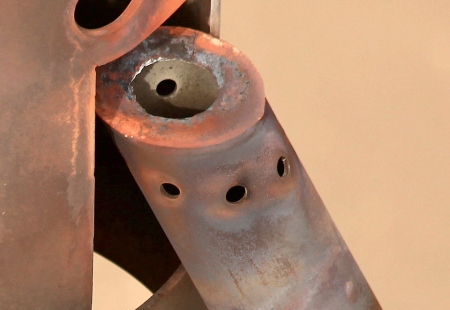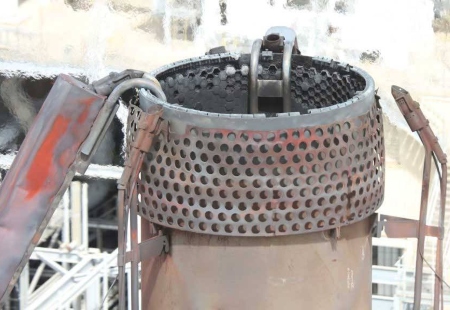Recent Tips and Articles by Flares and Stacks

Flare Tip Refurbishment to Ensure Optimal Performance for Your Business
Flare tips are a critical component of industrial operations in various sectors, including oil and gas, chemical manufacturing, and refineries. These seemingly simple structures play a crucial role in managing and disposing of excess gases safely. Flare tips are responsible for burning off hazardous gases, preventing […]
Read More

Flare Systems: Why Choosing the Best Service Provider Matters
Among the crucial components of this industry are flare systems. These systems play a vital role in ensuring the safe and efficient operation of various processes in the energy sector. Flare systems are not just a part of the skyline; they are an essential safety measure, […]
Read More
Reach Out to Flares and Stacks Today